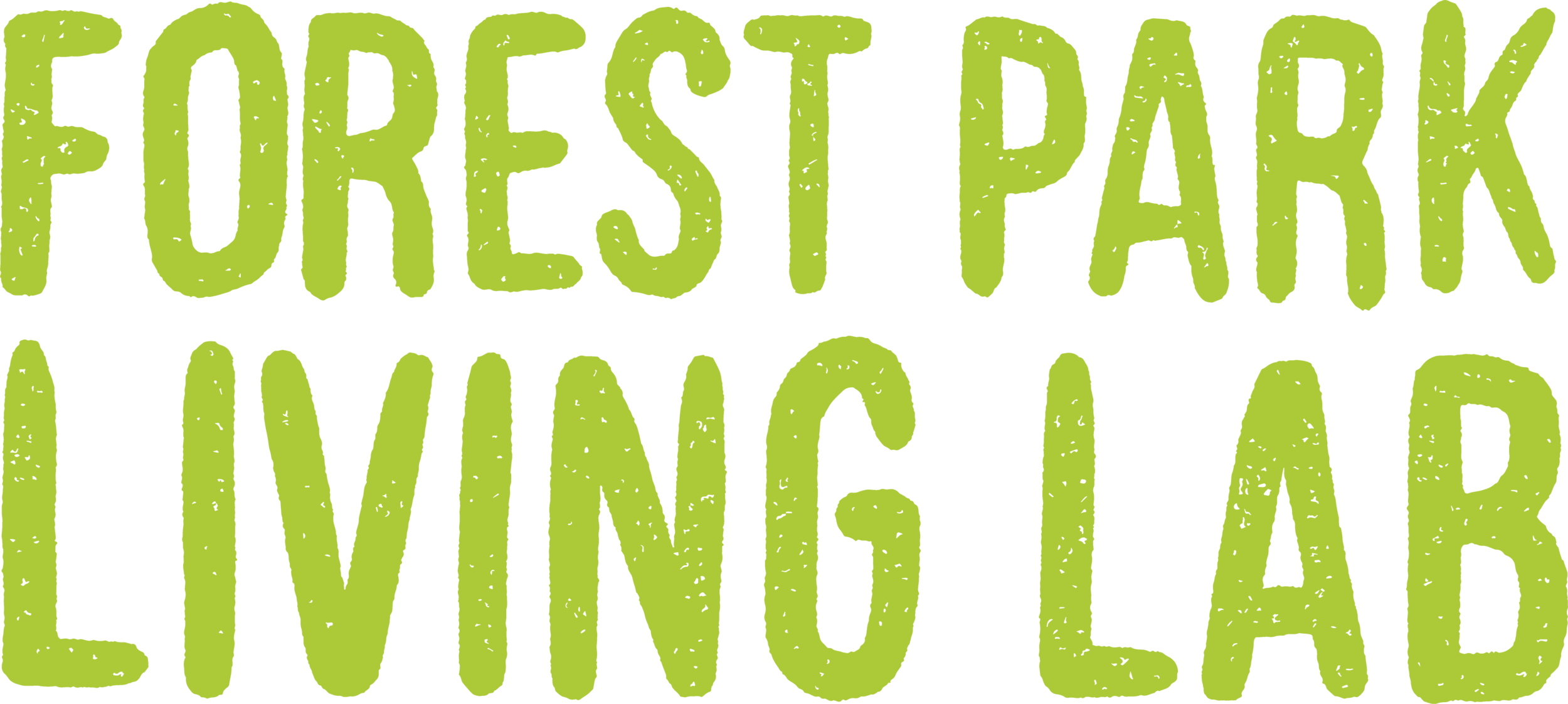Publication in Journal of Thermal Biology
Reduced thermoregulatory ability contributes to increased mortality in urban box turtles (Terrapene spp.)
Urban wildlife often shows pronounced differences in their ecology, behavior, and survival compared to their rural counterparts. Given the broad impacts of temperature in ecology, thermal discrepancies between cities and their rural surroundings are likely to play a major role in explaining these differences between urban and rural animals. Although experimental work has demonstrated the impacts of urban temperatures on wildlife, we lack field data on the body temperatures of free-living urban animals and the ecological impacts of these temperatures. In addition, while urban heat islands have directed research towards the impacts of warmer temperatures, relatively little focus has been given to the potential for urban organisms to experience colder temperatures, especially in reptiles. Here, we use 10 years of data to show that urban box turtles were less efficient thermoregulators at both hot and cold temperature extremes than their rural counterparts. In contrast to the heat island effect, the body temperatures of brumating urban box turtles (Terrapene mexicana triunguis) were colder and more variable in the winter compared to rural turtles, despite similar environmental temperatures. Furthermore, during the hottest months we found no evidence of an urban heat island effect, yet body temperatures of urban turtles are hotter than rural turtles. These body temperature differences suggest that urban turtles have a reduced ability for behavioral thermoregulation, likely due to lower habitat quality in the urban environment. We further showed that turtles that experience extremely cold body temperatures in the winter were less likely to survive the subsequent year, indicating that over-winter thermoregulatory ability may play an under-appreciated role in the fitness and abundance of urban ectotherms. As urbanization continues to degrade landscapes and as climate change increases the occurrence of temperature extremes, we highlight the need to understand the impacts of cold temperatures on chelonian brumation patterns/survival strategies in human-altered environments.










